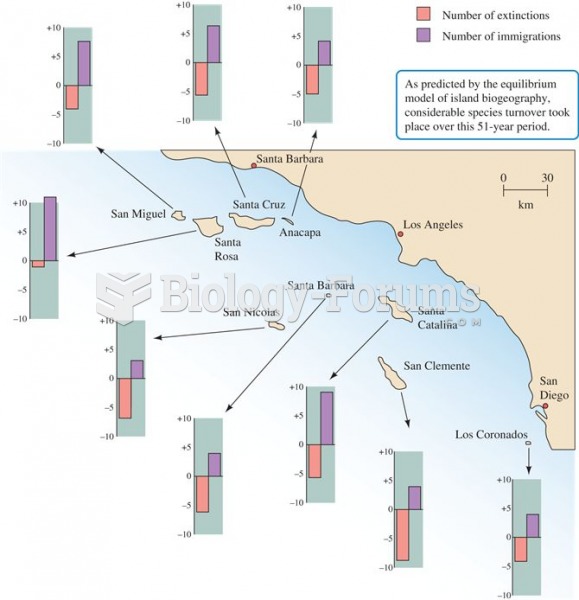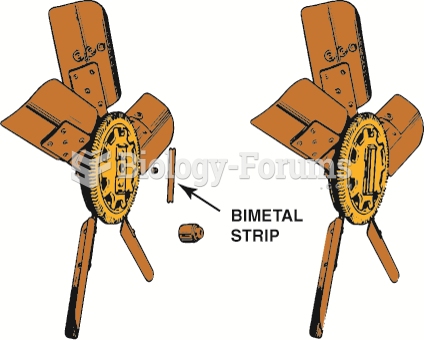Question 1
In the 1850s, the issue of slavery complicated the proposal to build a transcontinental railroad, as
A. it raised the question of whether or not slaves would be used as railroad labor, and British banks refused to help fund the projects as long as slavery existed in the U.S.
B. None of these answers is correct.
C. British banks refused to help fund the project as long as slavery existed in the United States.
D. it raised the question of whether or not slaves would be used as railroad labor.
E. non-slaveowning northerners and slaveowning southerners could not agree on a route.
Question 2
The admission of California into the United States was a divisive national issue because
A. California adopted a constitution that allowed slavery.
B. westerners in other territories believed they deserved statehood before California.
C. lawmakers believed California gold would upset the currency and cause inflation.
D. California's entry would upset the nation's numerical balance of free and slave states.
E. most Californians opposed entry into the United States.
Question 3
In the election of 1852,
A. the Free-Soil Party endorsed the Compromise of 1850.
B. neither party endorsed the Compromise of 1850.
C. the Whigs were united.
D. the Democrats selected a war hero as their candidate.
E. the Free-Soil Party gained strength.
Question 4
During the debate on the Compromise of 1850,
A. Daniel Webster managed to forge a successful compromise.
B. Jefferson Davis resigned from the Senate.
C. Stephen A. Douglas stepped down as secretary of state.
D. John C. Calhoun called for southern secession if California were admitted as a free state.
E. President Zachary Taylor suddenly died.
Question 5
The passage of the Fugitive Slave Act
A. upset southerners as much as northerners, but was readily accepted by northerners in the spirit of compromise.
B. intensified the debate over slavery.
C. was readily accepted by northerners in the spirit of compromise.
D. None of these answers is correct.
E. upset southerners as much as northerners.
Question 6
The Compromise of 1850 allowed for the admission of California
A. with the agreement that there would be no additional states added for ten years.
B. as a free state, along with Utah and New Mexico as slave states.
C. as a slave state.
D. along with an agreement to construct a transcontinental railroad.
E. along with a strengthened fugitive slave law.
 A Mediterranean woodland in California shown during the cool moist season, when the herbaceous veget
A Mediterranean woodland in California shown during the cool moist season, when the herbaceous veget
 Extinction and immigration of bird species on the California Channel Islands between 1917 and 1968 (
Extinction and immigration of bird species on the California Channel Islands between 1917 and 1968 (





